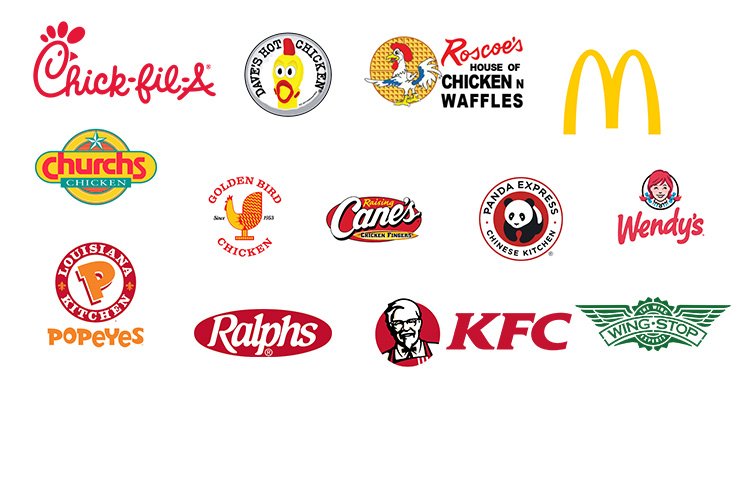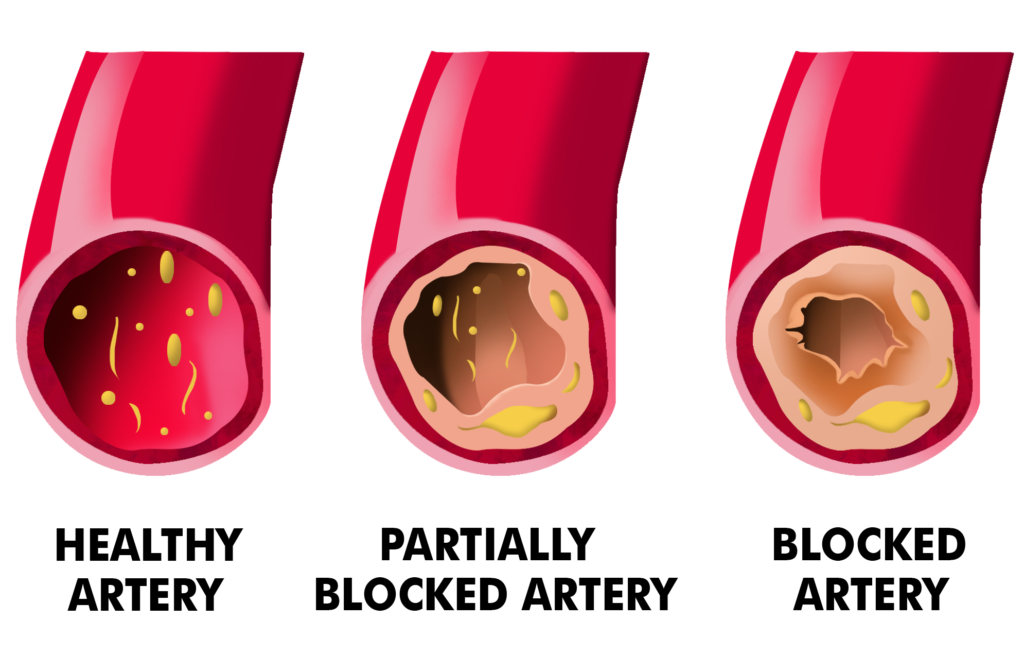Let’s All Stop Eating Fried Chicken!!
Let’s reconsider our consumption of fried chicken. While fried foods in general are not the healthiest choice, fried chicken stands out as particularly detrimental. This is because fried chicken absorbs excessive amounts of oil during cooking, making it a poor dietary option.
When we prepare fried chicken at home, we’re left with leftover oil in the pot after frying. It’s important to avoid pouring this oil down the drain, as it can lead to pipe clogs in our household plumbing. Instead, we should dispose of it properly, such as by pouring it into a bottle and placing it in the trash.
The same principle applies to our bodies. Just as oil clogs household pipes, it can also contribute to clogged arteries, veins, and other blood vessels. This increases the risk of serious health issues, including heart attack, stroke, diabetes, and kidney failure.
The impact of Fried Foods on our bodies
Despite the health risks associated with fried foods, fried chicken remains a popular choice, particularly within the black community. Whether this preference stems from cultural tradition or other factors, the prevalence of fried chicken establishments in black neighborhoods is notable. Just as liquor stores and smoke shops are common sights, fried chicken restaurants seem to be ubiquitous. In fact, it’s not uncommon to find multiple fried chicken places within just a mile or two radius.
In light of the health implications, it’s worth reconsidering our dietary choices and making more health-conscious decisions. By reducing our consumption of fried foods, particularly fried chicken, we can take steps towards improving our overall health and well-being.
BLS Certification South Bay
Fried chicken and other fried foods have become staples in many diets around the world, particularly in regions like the Southern United States, where they are deeply ingrained in culinary traditions. However, while these foods may be delicious, they often come with a hidden cost to health. The consumption of fried foods has been strongly linked to an increased risk of heart disease, a condition that claims millions of lives worldwide each year.
Understanding the role of fried foods in heart disease and its implications for emergency response measures like CPR and first aid is crucial. In South Bay, California, where health-conscious communities thrive, the need for CPR classes becomes even more pertinent as individuals strive to protect their well-being and that of their loved ones.
The Impact of Fried Foods on Heart Health
Fried foods, including fried chicken, French fries, and fried snacks, are typically prepared by submerging food in hot oil or fat, resulting in a crispy exterior. While this cooking method enhances flavor and texture, it also introduces unhealthy components into the diet.
High Levels of Trans Fats: Many fried foods contain trans fats, which are formed during the process of hydrogenation used to solidify liquid oils. Trans fats raise levels of “bad” LDL cholesterol while lowering levels of “good” HDL cholesterol, contributing to the buildup of plaque in the arteries and increasing the risk of heart disease.
Excess Calories and Unhealthy Ingredients: Fried foods are often calorie-dense and high in unhealthy saturated fats, salt, and added sugars. Regular consumption can lead to weight gain, obesity, and metabolic disorders, all of which are risk factors for heart disease.
Promotion of Inflammation: The process of deep frying can produce harmful compounds called advanced glycation end products (AGEs) and acrylamide, which have been associated with inflammation and oxidative stress in the body. Chronic inflammation plays a significant role in the development and progression of heart disease.
The Link Between Fried Foods and Heart Disease
Heart disease encompasses a range of conditions that affect the heart and blood vessels, including coronary artery disease, heart attack, and stroke. The consumption of fried foods contributes to the development of heart disease through several mechanisms:
Atherosclerosis: The excess intake of trans fats and unhealthy fats found in fried foods can lead to the buildup of plaque in the arteries, a condition known as atherosclerosis. Over time, this plaque narrows the arteries, restricting blood flow to the heart and increasing the risk of heart attack and stroke.
High Blood Pressure: The high sodium content in fried foods, often due to added salt during cooking or processing, can contribute to high blood pressure (hypertension). Hypertension is a major risk factor for heart disease, as it strains the heart and damages blood vessels.
Obesity and Metabolic Syndrome: Regular consumption of fried foods can lead to weight gain and the development of metabolic syndrome, a cluster of conditions including high blood pressure, high blood sugar, abnormal cholesterol levels, and excess abdominal fat. Metabolic syndrome significantly increases the risk of heart disease and diabetes.
The Role of CPR and First Aid in Heart Disease Emergencies
Given the strong association between fried foods and heart disease, it’s imperative for individuals to be prepared to respond effectively in emergencies related to cardiac events. CPR (Cardiopulmonary Resuscitation) and first aid training are essential components of emergency preparedness, particularly in communities like South Bay, California, where health-conscious individuals seek to safeguard their well-being and that of others.
Immediate Response to Cardiac Arrest: Cardiac arrest, a sudden loss of heart function, can occur unexpectedly, often as a result of heart disease or other underlying conditions. CPR can help maintain blood flow and oxygenation to vital organs, including the brain, until advanced medical help arrives. South Bay CPR classes provide hands-on training in CPR techniques, empowering individuals to act decisively in cardiac emergencies.
Recognition of Heart Attack Symptoms: Learning to recognize the signs and symptoms of a heart attack is crucial for prompt intervention. Symptoms may include chest pain or discomfort, shortness of breath, nausea, lightheadedness, and pain or discomfort in other areas of the upper body. CPR and first aid certification courses teach participants how to assess and respond to suspected heart attacks, including when to activate emergency medical services.
AED (Automated External Defibrillator) Use: AEDs are portable devices that deliver an electric shock to restore normal heart rhythm in cases of sudden cardiac arrest. South Bay CPR classes often include training on AED use, equipping individuals with the knowledge and confidence to operate these life-saving devices in emergencies.
Emergency CPR training South Bay
The consumption of fried foods poses significant risks to heart health, contributing to the development and progression of heart disease. In South Bay, California, where health-conscious communities strive to promote well-being, the importance of CPR and first aid training cannot be overstated. By learning CPR techniques, recognizing the symptoms of heart disease, and being prepared to respond effectively in emergencies, individuals can play a crucial role in saving lives and mitigating the impact of heart disease on their communities. Through CPR classes and first aid certification courses, South Bay residents can empower themselves to take proactive steps towards a healthier, safer future.
